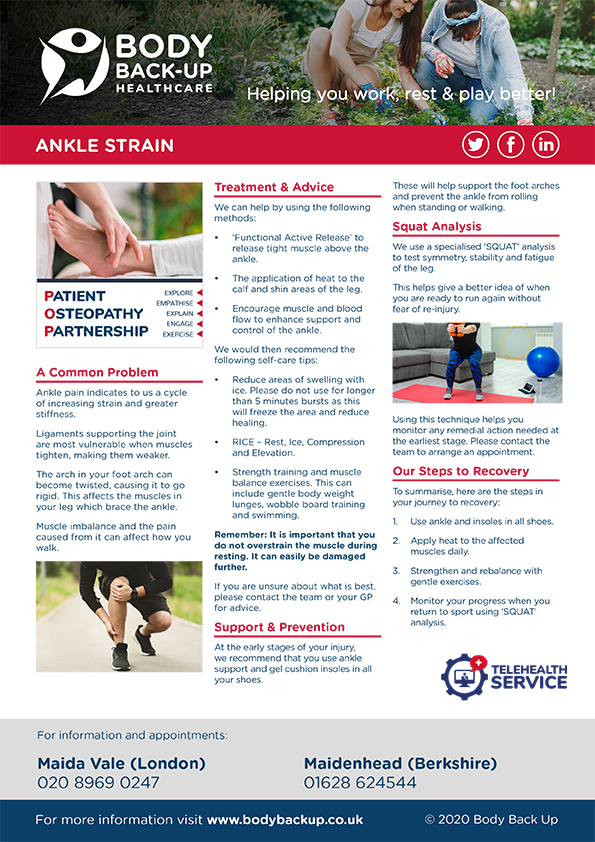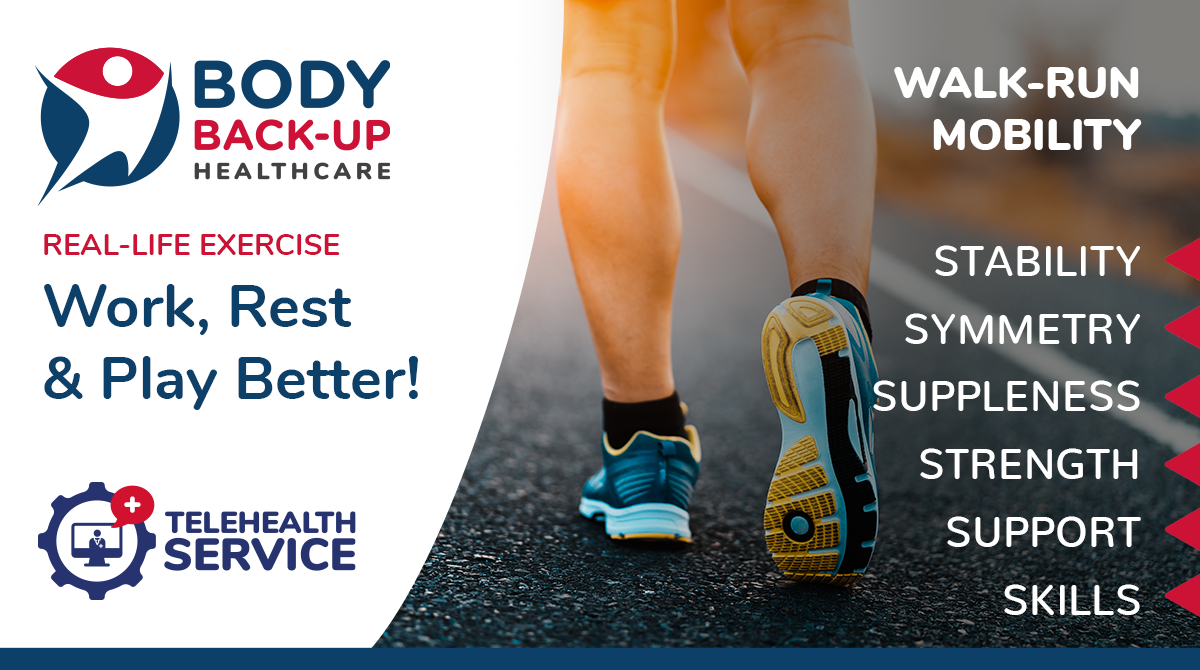The decision of when or to have joint replacement surgery is always a difficult one, taking into account the inconvenience of a serious surgical procedure against how much pain the individual is experiencing and how it affects their quality of life.
Many people find that non-invasive treatments can help alleviate some of their symptoms. This helps the patient understand to what degree their condition is manageable and, with the aid of their surgeon, make an informed decision about whether and when joint replacement surgery would be the best option.
Pain and stiffness can lead to less use of the joint and becoming generally less active, having negative effects on general health. Adapting the way you walk or stand to compensate for the painful joint can also cause problems elsewhere in the body. Keeping mobile is key to minimising the deterioration of the joint, and this is where osteopathic treatment might be particularly appropriate.
Treatment and exercises to release the muscles supporting the hip, knee and ankle joints can provide more power, less fatigue, more flexibility and better function.
Once surgery has occurred there will be a period of rehabilitation. The change to the new joint can cause the body to react with increased stiffness. Pain and limited mobility will often persist even though swelling within the joint is no longer the issue.
- We would expect to see patients on 3-4 occasions once healing has occurred (six weeks after surgery) and then on a weekly basis with exercises and self-help advice between sessions.
- Pre-surgery cases we would aim to see on 2 or 3 occasions in the initial stage and then once every 4-8 weeks to help alleviate symptoms and dysfunction.
 Trustpilot
Trustpilot


